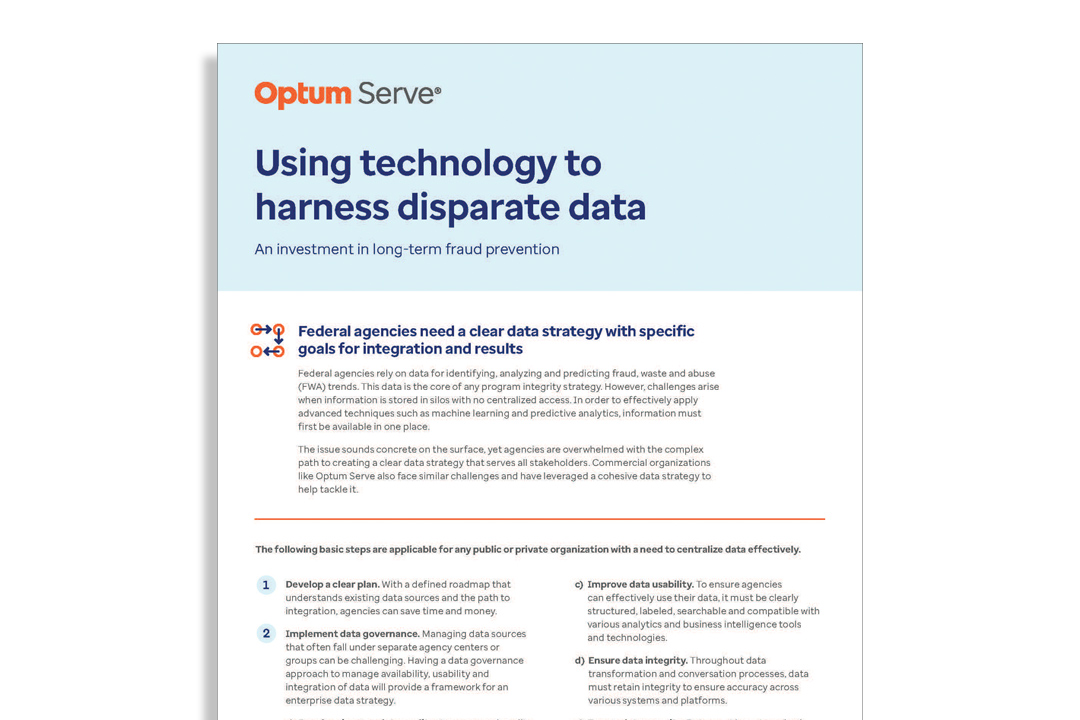The daunting task of assessing vendors
Can you have too much of a good thing? One look at the oversaturated benefits landscape suggests so. The digital health boom has ushered in more than 11,000 solutions,1 many narrowly targeting chronic conditions, health needs or underserved populations. But what once seemed an efficient way for employers to reduce benefits gaps has become its own burden.
Nearly half of employers (43%) feel there are too many solutions on the market — a rise from 26% the year before.2 The daunting task of assessing vendors is further complicated by the lack of data many vendors offer around health outcomes and patient experience. Nearly one in five employers report concerns about unproven solutions.2 And more than half (51%) report that managing multiple solutions and vendor relationships isn’t easy.3
Simply paring back benefits isn’t the answer. Employee enthusiasm for targeted solutions remains high, and an optimized mix can be a potent way to move the needle on rising health care costs. But employers are re-examining the value and cost-savings that point solutions promise and determining if this approach delivers what their organizations need.



